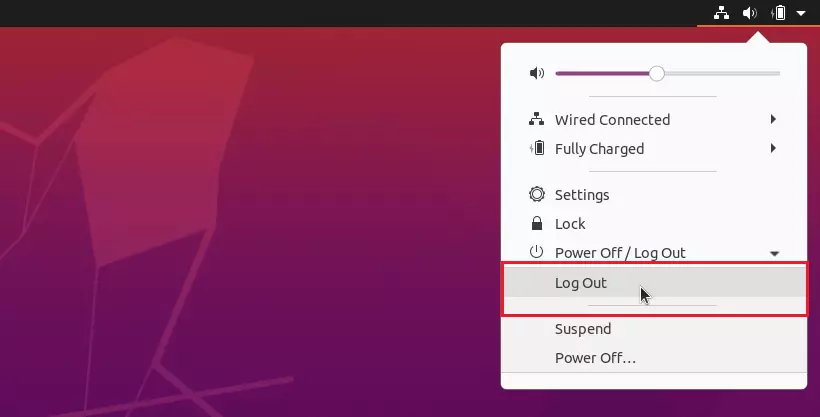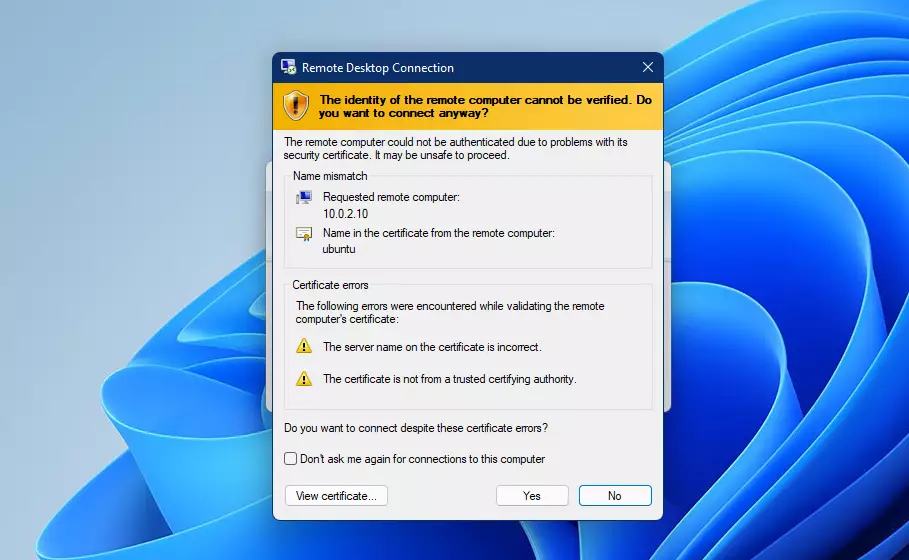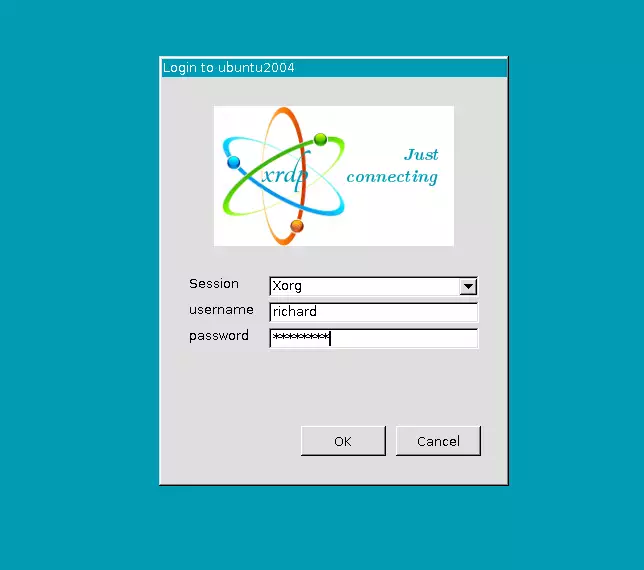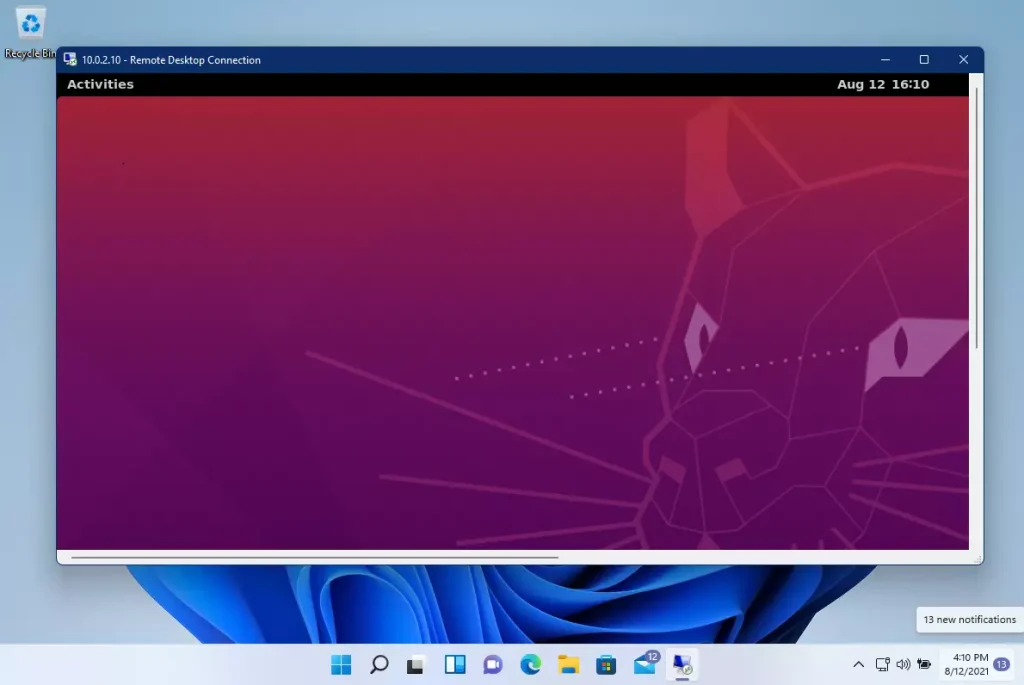This post shows students and new users how to set up a Remote Desktop Connection (RDP) session and connect from Windows 11 to Ubuntu Linux with xrdp.
The primary way to connect to another computer remotely in a Windows environment is via Remote Desktop Protocol (RDP). RDP is no longer restricted to only Windows environments, thanks to xrdp.
xrdp is an open-source Microsoft Remote Desktop Connection (RDP) implementation on Linux systems, including Ubuntu desktops. It provides graphical login to remote systems using RDP protocols.
xrdp also enables two-way clipboard transfer and audio, drives redirection, and accepts connections from various RDP clients: FreeRDP, desktop, NeutrinoRDP, and Microsoft Remote Desktop Client.
For students and new users running Ubuntu desktops and wanting to connect via RDP, xrdp is the app in this case.
For more about xrdp, please visit its homepage.
To get started with installing and configuring xrdp on Ubuntu, follow the steps below:
How to install xrdp on Ubuntu
xrdp works on desktop systems. You won’t be able to connect to systems without a desktop environment. On Ubuntu servers, you must install a desktop environment before using xrdp.
xrdp is available in Ubuntu default repositories—no need to add additional repositories to install. Run the commands below from the terminal to install it.
sudo apt update sudo apt install xrdp
After installing, run the commands below to verify that it is installed and running.
sudo systemctl status xrdp
You should see a similar result as shown below:
xrdp.service - xrdp daemon
Loaded: loaded (/lib/systemd/system/xrdp.service; enabled; vendor preset: enabled)
Active: active (running) since Sun 2021-06-13 09:43:03 CDT; 1min 53s ago
Docs: man:xrdp(8)
man:xrdp.ini(5)
Main PID: 37933 (xrdp)
Tasks: 1 (limit: 4653)
Memory: 1.1M
CGroup: /system.slice/xrdp.service
└─37933 /usr/sbin/xrdp
Jun 13 09:43:02 ubuntu2004 xrdp[37932]: (37932)(139757869672256)[INFO ] address [0.0.0.0] port>
Jun 13 09:43:02 ubuntu2004 xrdp[37932]: (37932)(139757869672256)[INFO ] listening to port 3389>How to configure xrdp on Ubuntu
Now that you have XRDP installed on Ubuntu, configure it to make connections without facing numerical issues.
First, add an xrdp user account to the SSL-cert certificate key file groups. By default, xrdp uses the /etc/ssl/private/ssl-cert-snakeoil.key file, which is readable only by users of the “ssl-cert” group.
The SSL-cert key file is essential when connecting via a remote desktop on Ubuntu.
sudo adduser xrdp ssl-cert
Output:
Adding user xrdp' to groupssl-cert' … Adding user xrdp to group ssl-cert Done.
Next, add these lines into the xrdp startup script to help resolve some situations where users’ screens have black backgrounds.
Open the startup script file.
sudo nano /etc/xrdp/startwm.sh
Then, add these lines to the end file and save.
Unset DBUS_SESSION_ADDRESS Unset XDG_RUNTIME_DIR
Save the file and exit.
Restart the xrdp service.
sudo systemctl restart xrdp
Make sure the firewall isn’t enabled and blocking port 3389.
sudo ufw allow from 10.0.2.0/24 to any port 3389
sudo ufw reload Replace the highlighted subnet with your own.
Log out of Ubuntu. Ensure you’re not already logged in to Ubuntu while attempting to connect via Remote Desktop Connection. You can’t be logged in to Ubuntu while you connect via RDP.

How to connect to Ubuntu from Windows 11
Now, try connecting to Ubuntu via Remote Desktop Protocol (RDP).

When prompted to accept the certificate, click Yes.

Type in your username and password for the Ubuntu system.

That’s it!

Conclusion:
- Setting up a Remote Desktop Connection from Windows 11 to Ubuntu using xrdp is straightforward.
- Ensure both systems are correctly configured and set the necessary firewall rules.
- xrdp provides an effective way to remotely access and control Ubuntu desktops with support for various RDP clients.
- With xrdp, you can enjoy features like clipboard sharing and audio redirection, enhancing the remote access experience.
- Following the steps outlined in this guide will help you establish a successful remote connection, enabling efficient work and collaboration across different platforms.

Leave a Reply